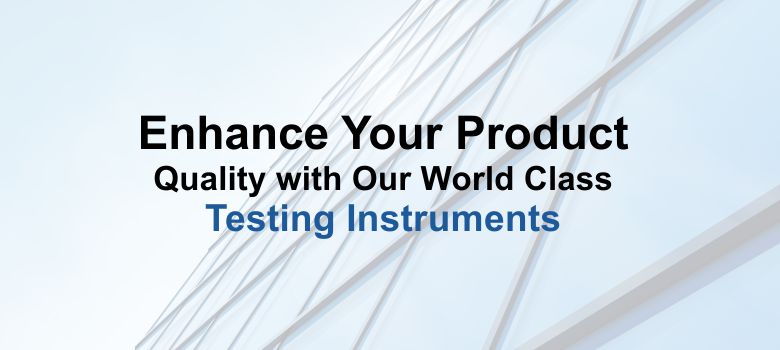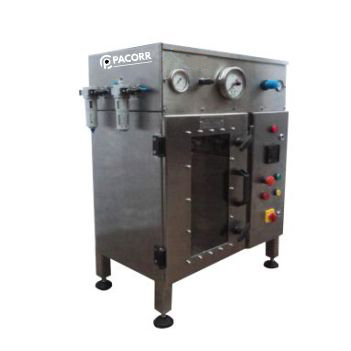
Keep Your Beverages Safe By Burst Testing of PET Bottles
 Plastic bottles used for beverages are manufactured using a polymer called PET (Polyethylene terephthalate). The average weight of a 500 ml PET bottle used to package bottled water has been reduced. PET bottles are lighter in weight which makes them a more sustainable packaging option. The bottle is manufactured with lightweight material to such an extent that today’s utility water bottles are approaching a bag with a bottle cap.
Plastic bottles used for beverages are manufactured using a polymer called PET (Polyethylene terephthalate). The average weight of a 500 ml PET bottle used to package bottled water has been reduced. PET bottles are lighter in weight which makes them a more sustainable packaging option. The bottle is manufactured with lightweight material to such an extent that today’s utility water bottles are approaching a bag with a bottle cap.
With less PET available to make up the walls of today’s bottles, distribution of the material throughout the bottle walls is critical. Regions of the bottle that do not have sufficient wall thickness will be weak points that can lead to bottle bursting or even failure as the filled package makes its way from the filling plant to the consumer. With less margin for error, correct bottle design and manufacturing processes to consistently meet design intent have never been more critical than they are today.
Burst strength, the pressure at which the bottle bursts, provides an assessment of the overall stability of the bottle under the carbonation pressure of the content. It is particularly important in bottles intended for carbonated beverages, to ensure bottles do not blow up at the filling stage and filled bottles do not expand excessively during storage and bottle warming. An AGR plastic pressure tester, with ramp fill capability, is used. At least five bottles are tested to achieve an average value.
Bursting resistance is a property of plastic, paper or corrugated board used in packaging and is used to test the strength of that plastic, paper or corrugated board. With a burst tester, the pressure needed to burst a plastic, paper or paperboard.Bottles are pressurized with air and water in the AGR PPT burst testing device. Pressure is added until the bottle fails or the testing limits are met. The PPT burst tester can be programmed to run many different pressure profiles from quick jumps to elevated pressures withhold times. Profiles can also be created for cycle testing and step pressure increases.
The sample to be tested is placed in the measuring area. By pushing the start button on the touch screen first the acrylic glass protection cover and then the clamping bell lowers and fixes the sample. Glycerin under the membrane is compressed and the membrane is pressed against the sample. When the sample breaks, the hydraulic cylinder stops and returns to its starting position. The protection cover and the clamping are opened automatically. The maximum pressure is shown on the display as breaking force. The next sample can be tested.

